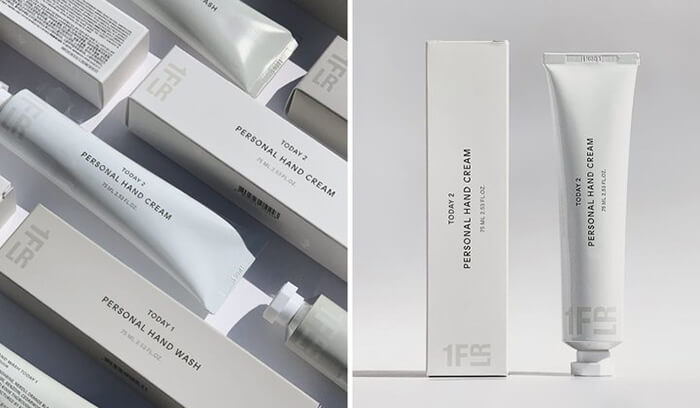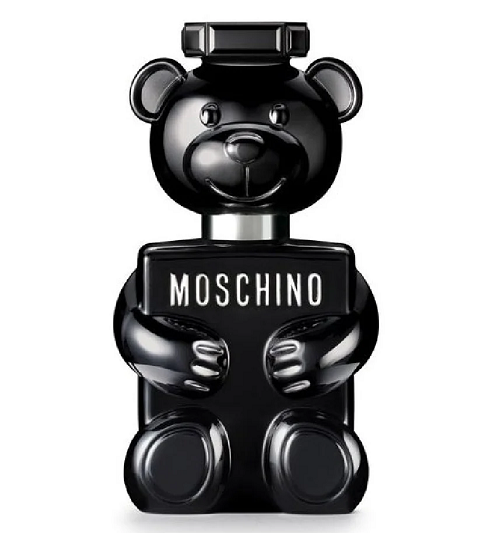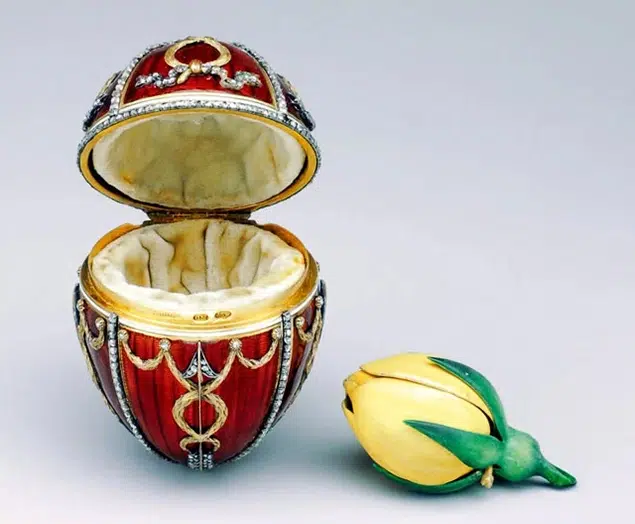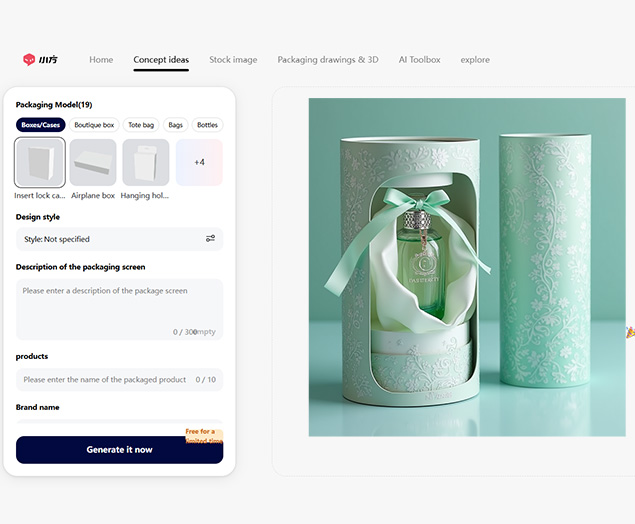The Origin Of Packaging Design And Its History?
Packaging manufacturing is becoming more vital in advancing national economic growth and enhancing the material and cultural well-being of the populace, thanks to the burgeoning packaging sector. The packaging industry’s growth has been included in the country’s economic and social development strategy as a stand-alone industrial system.
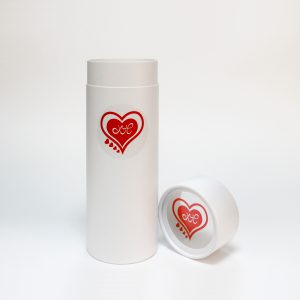
First, some background on packaging
Usage of particular containers, materials, and accessories to preserve the interior decoration in the process of transit, storage, and sales, to identify, sell, and enable the use of the product is called packaging, which is the generic word for this practice. The packaging of high-end items was established as early as the mid-18th century. In contrast, when packaging was first developed, its primary function was to safeguard commodities during transit. As a result, the first packaging of items is only a minimal safety package. During the early 19th century, commodities entered the market in wholesale and retail form, bringing with them an unparalleled level of affluence. Several businesses started adulterating cheap unpackaged foods in this manner. As a result of the actions of suppliers, manufacturers rapidly lost market share. As a result, manufacturers have come to recognize that even low-cost items need packing in order to maintain their high quality. Despite this, individuals at the time had a basic grasp of how to package goods. However, packaging’s primary function is to safeguard commodities, which is why it is so important. The package’s look is also uniform and consistent.
Materials for packaging
A wide variety of packaging materials are available today, including traditional paper box packaging as well as more environmentally friendly alternatives, such as polypropylene (PP), polyethylene (PE), glass, bamboo (bamboo), rattan (rattan), natural fibers (cotton), and others.
In our daily lives, paper packaging is a familiar sight due to its low weight, ease of deformation, and ability to elongate. Consequently, it has become a common practice. Paper packaging, on the other hand, is clearly not recommended in today’s environmental preservation efforts!
Plastic packaging – resin is the main component for high-temperature settings. Despite the fact that plastic is a relatively new material for packaging. Its usage in packaging materials, on the other hand, is steadily rising. Plastic packaging is gradually taking the role of paper packaging in various nations.
After some preparation, wood may be utilized as packing material for many types of products. Hardwood and cork are the two main types. Wood packaging, like paper, is not appropriate for large manufacturing because of its environmental impact.
Metal materials have been around for almost a century. Inventors of the food can and tin can were French and British, respectively, in 1809 and 1841, respectively. As a result, metal packaging as we know it today has a history. The cost of metal packing is considerable because of the difficulty in processing it. There is a low usage rate.
Transparency and ease of processing are the hallmarks of glass’s hardness and brittleness. A few applications, on the other hand, are very vulnerable to harm.
Decoration of the packaging
Packaging and decorating standards may be broken down into three categories: mass, sales, and culture.
Consumer groups for mass-produced goods should be developed in order to increase the marketability of these products. Designers of packaging and decorating should actively consider the needs of customers while creating their work in order to better serve these groups and make packaging an effective helper and smart counselor. It’s critical to figure out how to draw customers in. Better market advantages can only be achieved via consumer group enlargement.
A commodity’s marketability is determined by whether customers find it useful. Competition in the market can only take place if there is a demand for a product. This is a product for the public. Many people don’t know about or understand the products that manufacturers make. To put it another way, marketing and advertising efforts are required. Consumers are more likely to buy a product if its packaging is appealing, and its performance and features are widely recognized. Allowing customers to be interested in products from the start helps to capture their attention and heightens their desire to purchase them.
Consumers’ psychological needs should be taken into account as well as their material ones when designing packaging and decorations nowadays. As a result of this, the packaging and design should convey a cultural mood and have a social appeal.
A modern and contemporary sense of package design is seen in these designs
Packaging design in the modern and contemporary sense is also a major issue nowadays. Packaging must have its own representation of the times, unlike commodity packaging, which is the first feature that is immediately communicated to customers. Packaging in today’s world is a fairly wide topic of debate. People’s living circumstances and aesthetic notions influence their perception of modernity. To have a “sense of modernity,” we must raise our aesthetic bar. “Sense of modernity” is an unwelcome concept for those who are resistant to change. Fortunately, we live in a world where innovation is pervasive. Most people now know that progress is impossible without new ideas and approaches. As a result, we are all open to new ideas and concepts. As a result, ever more sophisticated designs are being accepted by the public. Although it is important to embrace new ideas, it is also important not to forget about the familiar ones. We’ve gained a ton of knowledge by experimenting with different colors, patterns, and materials. Ceramic wine cans are decorated in the style of a country’s emblematic patterns and text. These elements may be included in the package design to provide us with some visual stimulation.
Consumers benefit from good packaging design. It is the fundamental beginning point of package design from the standpoint of the consumer’s usage and preferences. As a result, the notion of consumption has a significant effect on package design.

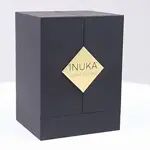
Top 10 Creative Cosmetic Packaging Design Ideas & illustrations 2023 | Luxury-Paper-Box.Com
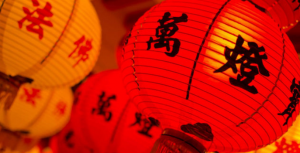
10 Customs Of The Spring Festival (Lunar New Year) You Need To Know
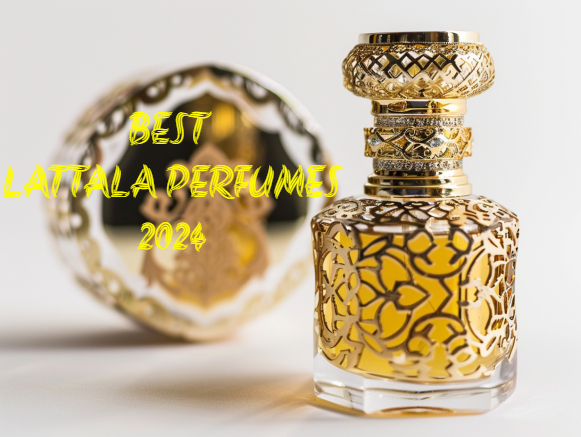
Top 10 Best Lattafa Perfumes for Women & Men in 2024
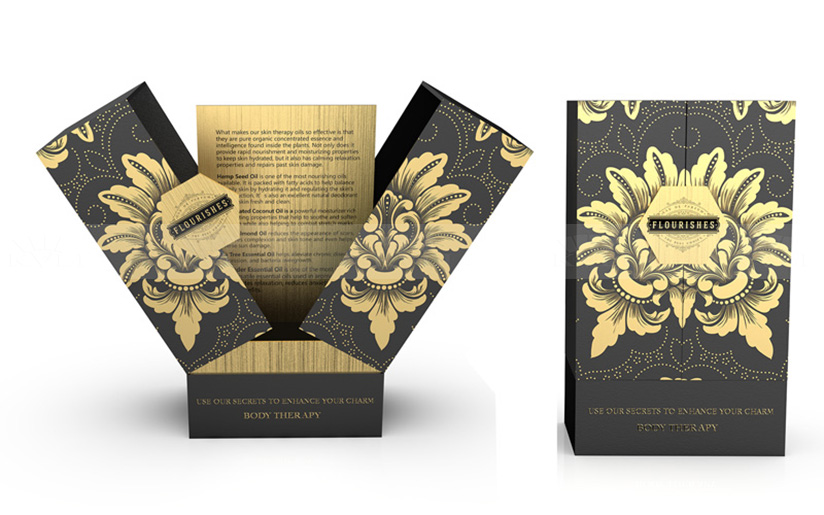
Top 10 Best Packaging Design Software 2023 (Free & Paid)
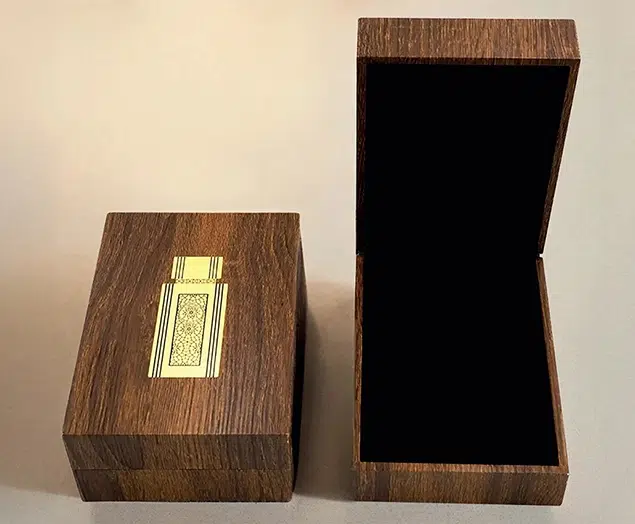
Why Choose MDF Boxes Over Wooden Boxes?
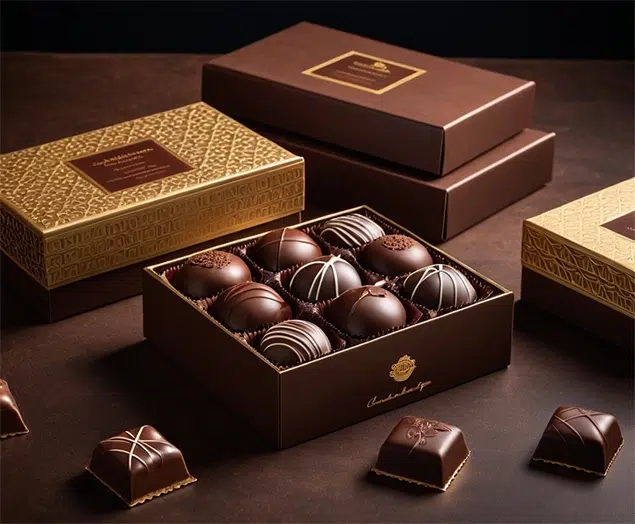


 kali@luxury-paper-box.com
kali@luxury-paper-box.com
